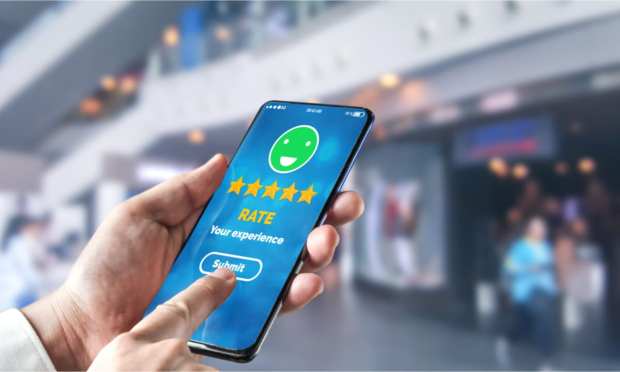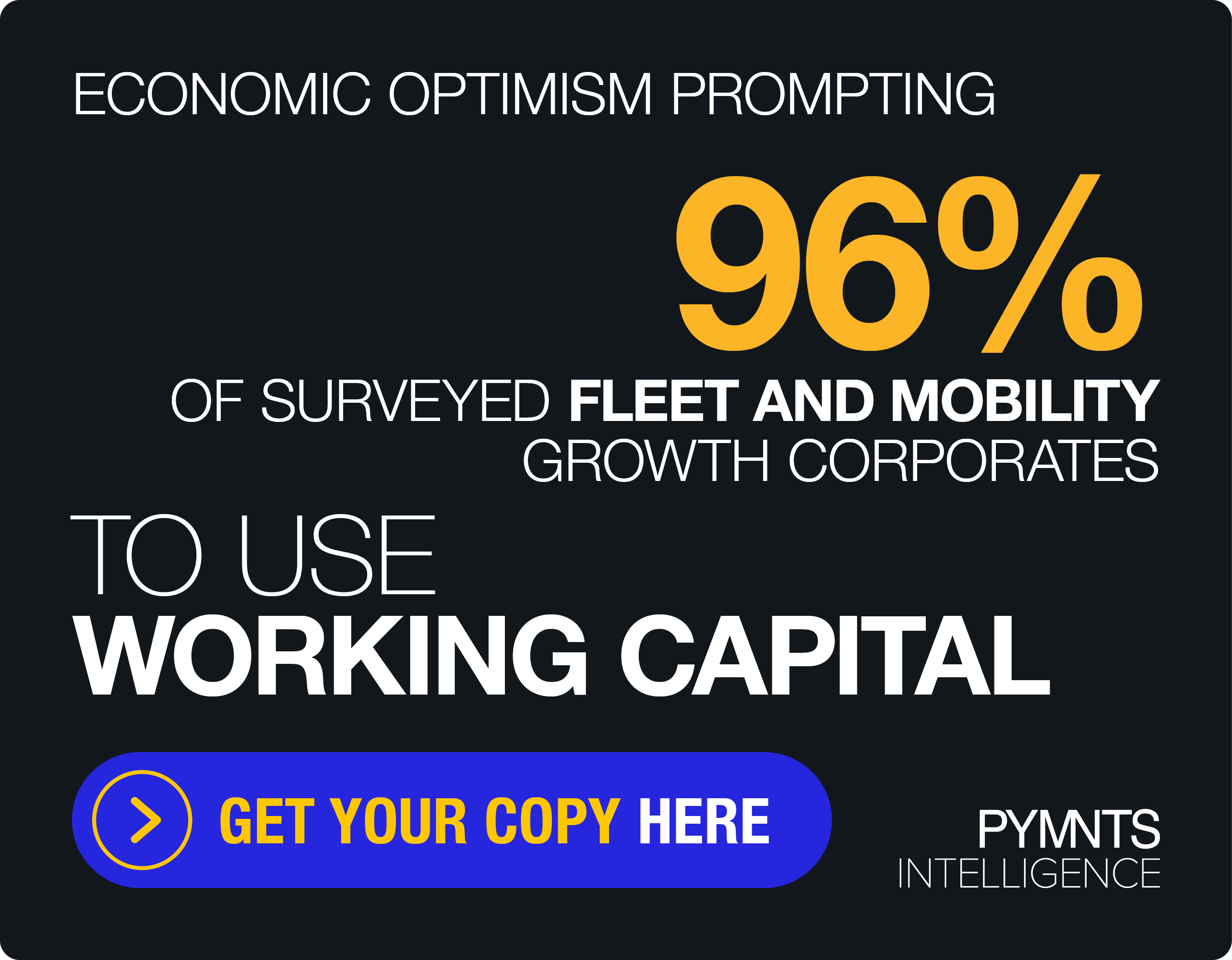Restaurant Loyalty Is Getting Smarter Every Day

Favorite restaurants are nothing new, but they’ve turned the COVID corner like so many other things. Favorite restaurant status in 2021 is expressed digitally.
But, as the January edition of the Delivering On Restaurant Rewards brief series states, “Many quick-service restaurants (QSRs) are still facing cash flow shortages and decreased sales, turning up the pressure to find ways that can help them boost revenues while also meeting their customers’ desire to order from home, if they please.”
Loyalty is rewarded these days, however, and that’s the great news. Customers will convey most-favored eatery status digitally if (but only if) you meet their ever-rising expectations.
“Guest expectations have changed forever. Exceeding them requires not only improving the loyalty offering but using program data to improve the guest experience,” Michelle Tempesta, head of product for Paytronix, told PYMNTS. “Brands like Panera Bread and Jimmy John’s positioned themselves well by being early adopters of Apple Pay and Google Pay. They enabled diners to not only pay but to pass their loyalty identifier via a contactless tap at the point of sale. Guests feel safe, and the brands deliver an exceptional experience.”
These are the hoops all QSRs and fast-casual operators must now leap through as they begin to cement their post-pandemic market positioning for the trends yet to come. It’s laid out in ample detail in January’s Order To Eat Tracker® done in collaboration with Paytronix.
‘AI To IA’ As New Digital Dinner Bell
Dining establishments are getting the message that same old-same old loyalty programs don’t cut the mustard anymore. The new loyalty revolves around personalization — it’s more like the retailer showing their loyalty — via ever more personalized customer offerings.
Artificial intelligence (AI) is unlocking the data secrets to those dearly valued experiences.
Paytronix’ Tempesta said, “We see artificial intelligence as a way to drive individual action [IA] in what we call AI to IA. It’s using artificial intelligence to predict guest behavior, personalize touchpoints, and surprise and delight guests on- and off-premises. When AI to IA is applied to win-back campaigns and other programs, we see a 25 percent increase in efficacy.”
Creative uses of AI and machine learning are supplying fresh ingredients to restaurateurs of pretty much every category, if they avail themselves, as most have already begun doing.
“A recent survey found that 68 percent of restaurateurs planned to boost their spending on innovative technologies in the next few years. The report examined restaurants’ plans for investing in technologies, third-party delivery services, point-of-sale (POS) platforms and other solutions and focused specifically on the pandemic’s impact on the industry. It revealed that 51 percent of operators are already leveraging contactless payments while 31 percent intend to implement the technology. Sixty-seven percent of respondents said they use the internet to research more about the tools in which they plan to invest,” per the latest Tracker.
Tech Fixes Proliferate, Reversing 2020 Declines
After a rough year for restaurants, there’s light at the end of the tunnel (and it’s not an oncoming train). The one-two punch of delivery and contactless payments alone reversed declines in customer transactions at major U.S. chains, which “stabilized at 9 percent through the month of October 2020 compared to October 2019,” the Tracker states.
“This steadiness is likely due to QSR chains’ efforts to quickly enhance and expand off-premises services such as drive-thru, curbside pickup and delivery. Full-service restaurants, which rely more heavily on indoor dining, experienced fluctuating transaction declines … shifting from 16 percent at the beginning of October 2020 to 14 percent by the last week of the month.”
Declines that are becoming more and more reversible, as digital tech is brought to bear. Platforming, for example, provides instant access to a new menu of marketing ideas.
“Other examples of [AI to AI] applications include personalizing the menu presented for digital ordering to test menu selections or … targeting relevant offers to segments derived from k-means clustering, marketing to a segment of one with the right offer, message and at the best day and time to compel a visit,” Tempesta said. “Guests expect spot-on recommendations, relevant offers and for brands to extend the hospitality once provided at a single-unit establishment to every location in a chain through personalized digital engagement at scale.”
